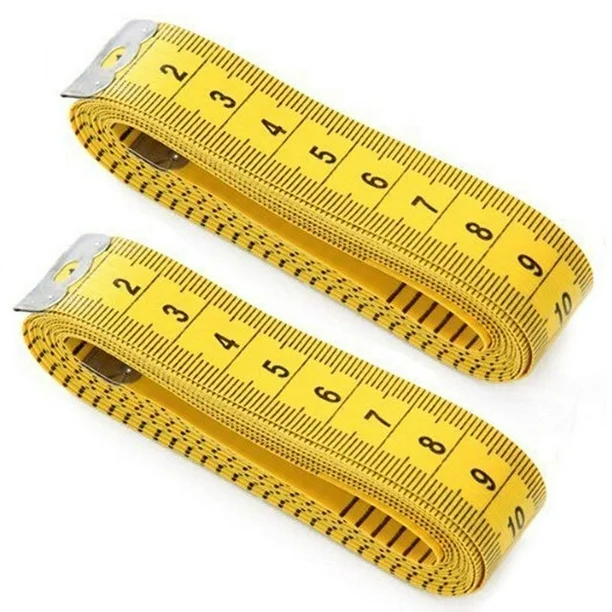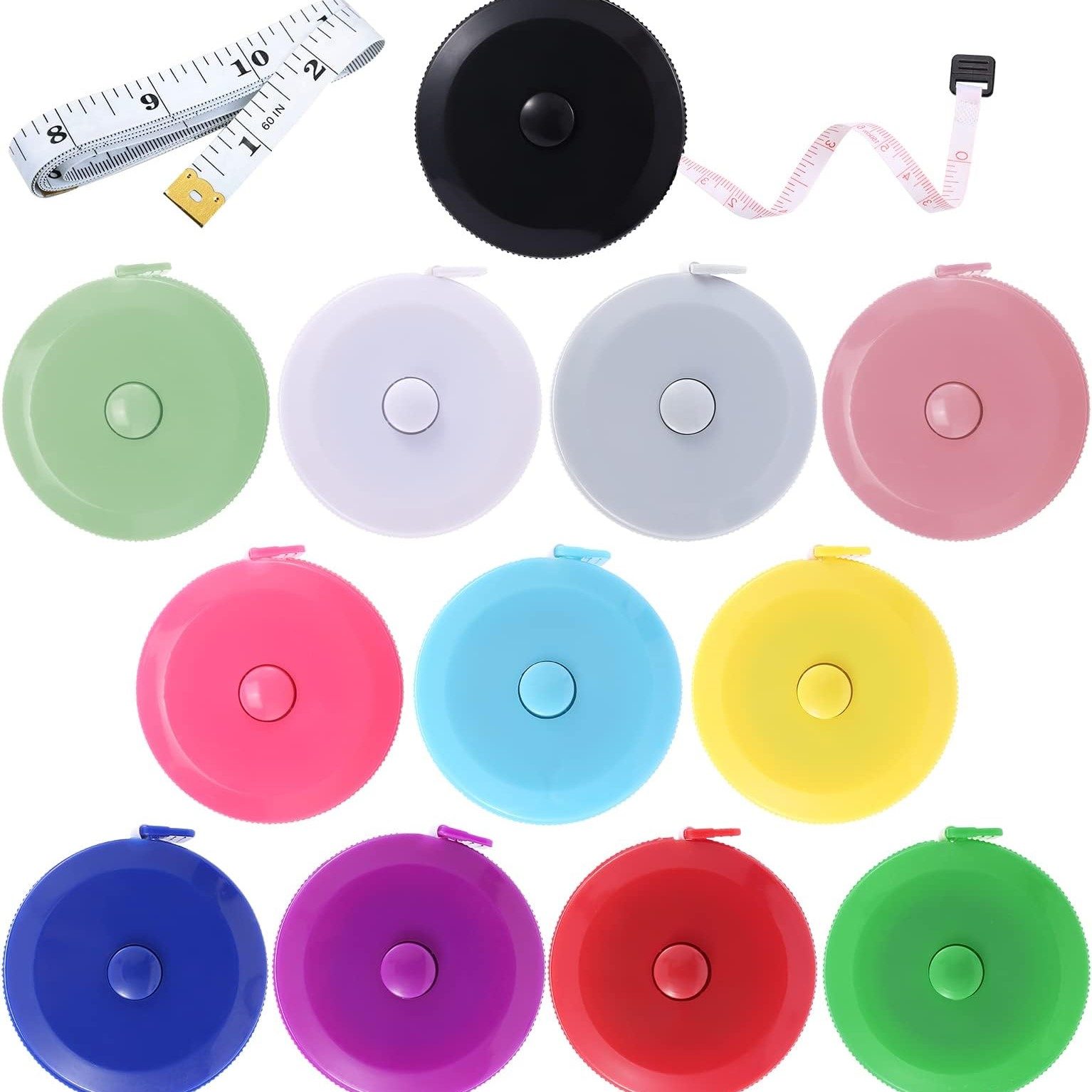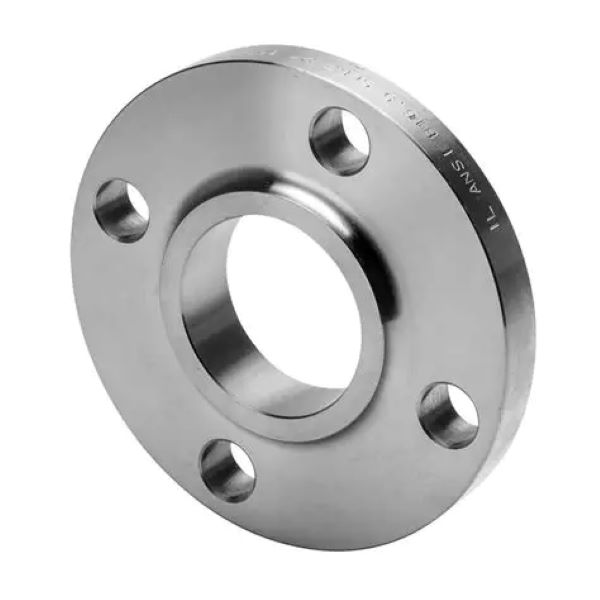
Master Precision with a Reliable Tape Measure Sewing
A tape measure sewing is one of the most essential tools in any seamstress’s kit. Whether you’re making clothing, altering garments, or crafting home décor, accurate measurements are critical. This flexible ruler allows you to take precise body and fabric dimensions with ease. Unlike rigid rulers, it bends around curves and contours. This makes it ideal for measuring waistlines, busts, hips, and armholes. Without a reliable tape measure sewing tool, even the best patterns can result in ill-fitting clothes.
Moreover, this tool plays a key role in both beginner and advanced projects. Beginners use it to learn proper sizing. Experts rely on it for custom tailoring. It ensures consistency across multiple fittings. Most models feature dual scales—inch on one side and centimeters on the other. This supports international pattern use. As a result, the tape measure sewing has become a staple in every sewing room.
 Why a Good Tape Measure is Essential in Sewing
Why a Good Tape Measure is Essential in Sewing
A good tape measure is a must-have for any sewing project. It ensures precise measurements, which are crucial for accurate garment construction. Without accurate measurements, even minor errors can impact the final fit and appearance.
Benefits of Using a Reliable Tape Measure
- Precise Pattern Creation: Sewing patterns require exact measurements for successful design and fit.
- Accurate Fabric Cutting: Incorrect fabric sizing can lead to wasted materials and poor results.
- Perfect Fit for Garments: Body measurements need accuracy to craft well-fitted clothing.
- Consistency in Projects: A good tape measure helps replicate designs with the same dimensions.
Avoiding Mistakes with Proper Measurement Tools
Cheap or low-quality tape measures may stretch or distort over time. This can lead to errors in your sewing projects. A durable, high-quality tape measure ensures the measurements stay consistent. It saves time by reducing repeated checks to confirm accuracy.
Investing in the right sewing tape measure enhances both efficiency and results. Proper tools make sewing more enjoyable and professional.
Types of Tape Measures for Sewing Projects
Choosing the right type of tape measure is critical for sewing success. Different tape measures serve different needs in sewing projects.
Flexible Fiberglass Tape Measures
Flexible fiberglass tape measures are popular among sewists. They are durable and resistant to stretching. These tape measures are ideal for taking body measurements. Their flexibility allows measuring curves and contours easily. They commonly feature both inches and centimeters for versatility.
Retractable Tape Measures
Retractable tape measures combine portability with convenience. They feature a spring mechanism for winding the tape back. These tools are compact and easy to store. Retractable measures are great for quick measurements during sewing. Their casing protects the tape from damage or wear.
Specialty Tape Measures with Markings
Specialty tape measures come with unique markings for specific tasks. Some include lines for seam allowances or hem measurements. Others have color-coded segments to simplify complex measurements. These tape measures are perfect for intricate sewing projects requiring precision. Specialty tools make sewing more efficient and organized.
 Key Features to Look for in a Sewing Tape Measure
Key Features to Look for in a Sewing Tape Measure
When selecting a tape measure for sewing, certain features ensure better performance and accuracy. These key aspects can make your sewing experience more precise and enjoyable. Here’s what to look for.
Material and Durability
A good sewing tape measure needs to be durable and long-lasting. Fiberglass is a popular material due to its flexibility and resistance to stretching. This ensures that measurements stay accurate over time. Look for tape measures with reinforced edges to prevent fraying.
Measurements in Inches and Centimeters
A tape measure with both inches and centimeters is essential for versatility. Many sewing patterns include measurements in different units. Having both measurements on the same tape saves time and avoids conversion errors. This feature is vital for international sewing projects.
Non-Stretch and Flexible Design
Choose a tape measure that doesn’t stretch or distort. Non-stretch materials ensure measurements remain consistent, even after frequent use. Additionally, a flexible design helps you measure curves and contours with ease. This is especially important for body measurements and garment construction.
Clear and Easy-to-Read Markings
Accurate sewing demands precise readings. Opt for a tape measure with clear, bold markings that are easy to read. High-contrast printing enhances visibility, even in low light. Look for tapes with color-coded sections or larger font sizes for added convenience.
Paying attention to these features ensures your sewing tape measure will be reliable and efficient. The right tool can make all the difference in your sewing projects.
How to Use a Tape Measure Effectively While Sewing
Using a tape measure sewing tool properly can improve your project’s precision and results. Learn how to measure fabric, take body measurements, and check seams for reliable outcomes.
Measuring Fabric Length and Width
- Lay the Fabric Flat: Ensure the fabric is completely flat before measuring to avoid inaccuracies.
- Start at the Edge: Place the tape measure at one edge of the fabric.
- Measure Along the Straight Edge: Pull the tape measure across the length or width as needed.
- Check Twice: Double-check the measurement to ensure accuracy.
Accurate fabric measurements reduce waste and improve cutting efficiency. This is essential for garments and quilting projects.
Taking Body Measurements for Garment Fitting
- Relax Your Posture: Keep your body upright and relaxed for natural measurements.
- Wrap the Tape Around: Place the tape snugly around the area you’re measuring, such as the chest or waist.
- Avoid Over-Tightening: The tape measure should not be too tight against the skin.
- Record Each Measurement: Write down each number immediately to avoid forgetting.
Body measurement accuracy ensures a better garment fit. This step is vital for tailored clothing.
Checking Seam Allowances and Hemlines
- Identify the Seam Allowance: Refer to your sewing pattern to confirm the required allowance.
- Align the Tape: Place the start of the tape measure at the stitching line.
- Measure the Distance: Pull the tape to ensure the allowance matches the pattern.
- Inspect Hemlines: Use the tape to verify even length along hemlines.
Regular measurements during sewing prevent uneven seams or hemlines. Consistency ensures a polished result.
 Tips for Maintaining Your Sewing Tape Measure
Tips for Maintaining Your Sewing Tape Measure
Proper care extends the life of your tape measure. Maintenance ensures accuracy and reliability for all sewing tasks.
Proper Storage
- Store Flat or Coiled Neatly: Avoid tight bends that could damage the tape.
- Use a Case: Protect the tape measure from dust and accidental tears.
- Avoid Heavy Objects on Top: Keep it in a designated drawer or sewing kit.
- Keep Away from Heat: Excessive heat can warp the material and distort measurements.
Proper storage prevents unnecessary wear and maintains the tape measure’s longevity.
Cleaning and Care
- Wipe Gently: Use a soft, damp cloth to clean dirt or residue.
- Avoid Harsh Chemicals: Use mild soap if necessary, and dry immediately with a clean cloth.
- Inspect Regularly: Check for any fraying or fading markings.
- Avoid Moisture: Ensure the tape measure is completely dry before storing.
Cleaning your tape measure keeps it clear and readable during projects.
Avoiding Damage or Warping
- Do Not Pull Too Hard: Excessive stretching risks permanent distortion.
- Avoid Sharp Edges: Keep it away from scissors or pins during use.
- Handle Retractable Tapes Properly: Let the tape retract slowly to avoid damaging the mechanism.
- Replace When Necessary: If the tape stretches or markings fade, it’s time for a new one.
Preventing damage ensures consistent measurements and more reliable sewing results.
Popular Brands and Recommendations for Sewing Tape Measures
Choosing a reliable brand for your sewing tape measure is important. Reputable brands offer durability, accuracy, and ease of use. Below are some popular options trusted by sewing enthusiasts:
Dritz Tape Measures
Dritz is a well-known name among sewists. Their tape measures are flexible, sturdy, and resistant to stretching. Many Dritz tape measures feature both inches and centimeters, which are perfect for versatile projects.
Singer Tape Measures
Singer is another trusted brand with a strong reputation. Their tape measures are lightweight and easy to handle. Singer also provides clear, bold markings that are easy to read during intricate tasks.
Clover Tape Measures
Clover tape measures are favored for their precision and user-friendly design. They often include special features like retractable mechanisms or lock-in-place buttons. These tapes are great for sewists who value convenience and accuracy.
Fiskars Sewing Tape Measures
Fiskars offers durable and high-quality options, designed to last through regular use. Their tape measures are practical and ideal for both beginners and professionals.
Recommendations Based on Features
- Best for Budget: Dritz offers affordable yet durable tape measures for everyday sewing needs.
- Best for Professionals: Clover provides advanced features suitable for more intricate sewing projects.
- Best for Portability: Singer’s retractable tape measures are compact and easy to carry.
- Best for Durability: Fiskars tape measures excel in long-lasting use with superior materials.
Selecting a tape measure from any of these brands ensures quality and satisfaction. Always choose one that matches your sewing style and requirements.
 Common Mistakes to Avoid When Using a Sewing Tape Measure
Common Mistakes to Avoid When Using a Sewing Tape Measure
Using a tape measure incorrectly can result in inaccurate measurements and poor sewing outcomes. Avoid the following common mistakes to maintain precision in your sewing projects.
Not Laying the Tape Flat
Always lay the tape measure flat against the surface or fabric. Wrinkles or folds in the tape can affect accuracy. Ensure the tape is smooth and aligned during use.
Over-Tightening Around the Body
When measuring the body, avoid pulling the tape too tight. This can distort measurements and lead to ill-fitting garments. Keep the tape snug but not restrictive.
Using a Stretched or Worn Tape Measure
Old tape measures may stretch over time, causing inaccurate readings. Replace tape measures that show signs of wear or damage. This ensures reliable measurements.
Ignoring Unit Conversions
Many sewing patterns use both inches and centimeters. Ignoring unit conversions can create errors. Use a tape measure with dual markings to save time and avoid confusion.
Forgetting to Double-Check Measurements
Always verify measurements before cutting fabric or sewing. A second check prevents costly mistakes. Write down the measurements immediately to avoid forgetting them.
Measuring on Uneven Surfaces
Avoid measuring fabrics on uneven or bumpy surfaces. This can distort readings and cause problems. Work on a flat, stable surface for maximum accuracy.
Failing to Maintain Tape Measure Condition
A dirty or faded tape measure is harder to read. Keep your tape clean and markings visible. Regular maintenance ensures precision throughout your projects.
Using the Wrong Type of Tape Measure for the Task
Flexible tapes are best for body measurements, while retractable ones suit quick checks. Specialty tools help with intricate sewing details. Choose the right type for each sewing job.
By avoiding these mistakes, you’ll achieve better results and enjoy smoother sewing processes. Accurate measurements are the foundation of professional-quality sewing.
Frequently Asked Questions About Tape Measure Sewing
Can I wash my tape measure?
No. Water damages the material and print. Wipe clean with a dry cloth instead.
How long should a sewing tape be?
60 inches (150 cm) is standard. It covers most body and fabric needs.
Does it matter what brand I buy?
Yes. Trusted brands offer clearer print and better durability. Cheaper ones may stretch or peel.
Can I use a regular ruler instead?
Not for curved areas. Rigid rulers can’t follow body shapes. Only use for straight cuts.
Are self-adhesive tapes safe?
No. Peel-off types lose stickiness. They also tear easily. Stick to traditional woven styles.
Where should I keep it?
In your sewing kit or toolbox. Use a labeled pocket for quick access.
Is a plastic case better than cardboard?
Plastic protects better. It resists moisture and crushing. Cardboard bends easily.
 Final Thoughts on the Importance of a Tape Measure Sewing
Final Thoughts on the Importance of a Tape Measure Sewing
A tape measure sewing is more than just a tool—it’s the foundation of great sewing results. Without it, even the finest fabric and pattern lead to disappointment. Accurate measurements ensure proper fit, save time, and reduce waste. From beginners to professionals, everyone relies on this simple yet powerful device.
Its uses extend beyond fashion. Crafters, teachers, and DIYers find value in its flexibility. Proper care and correct usage guarantee long-term reliability. Mistakes in measuring cost more than replacing the tool itself.
As you continue your sewing journey, never underestimate the power of precision. Choose a high-quality tape. Learn proper techniques. Avoid common pitfalls. Record and recheck your numbers.
Ultimately, the success of every handmade garment starts with a single measurement. And yes, the humble tape measure sewing remains one of the most important tools in your creative arsenal.
